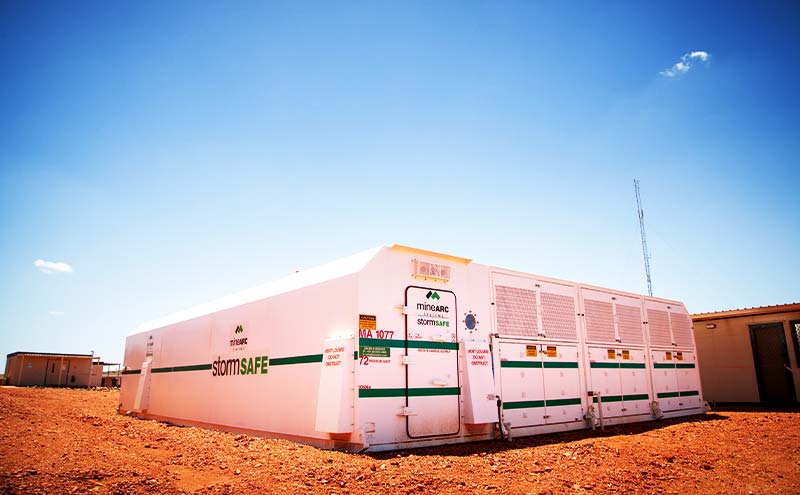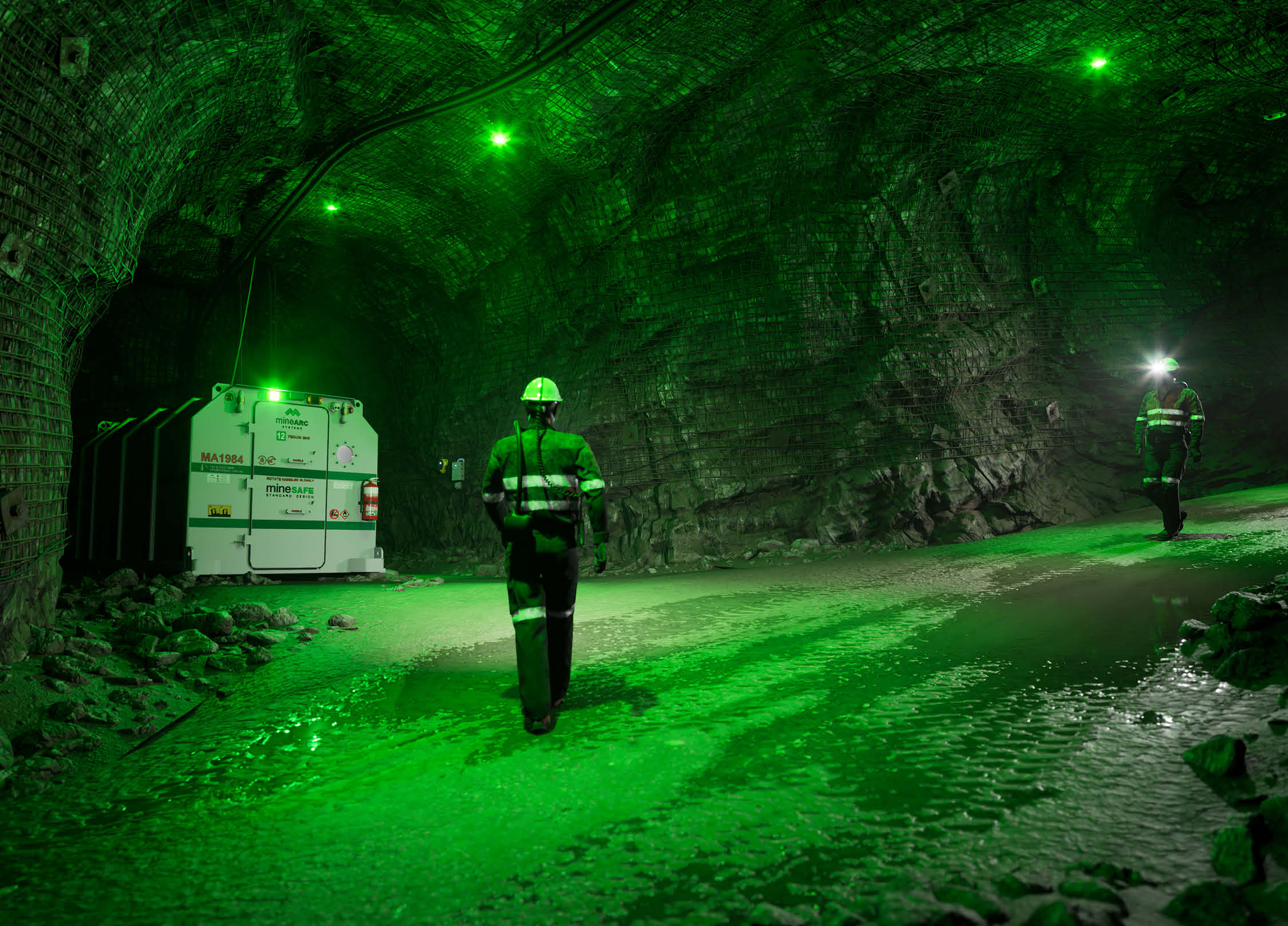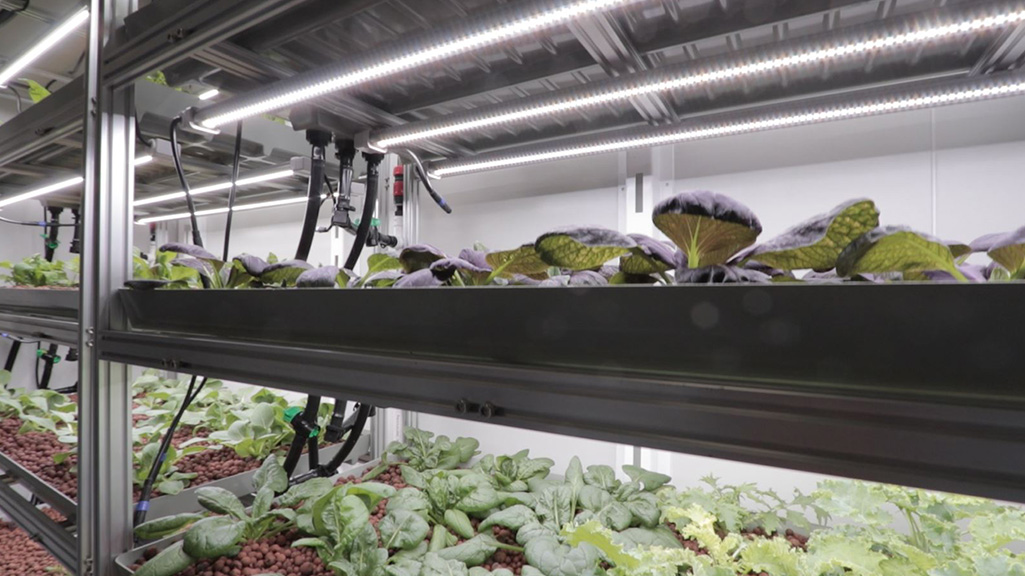What is the impact of heat loads on a refuge chamber, and why does it need to be considered?
Numerous heat sources affect the internal temperature of a refuge chamber. A continuous build-up of heat and humidity is caused by occupants’ metabolic activity, scrubbing processes, electrical equipment, and any ambient (external) heat.
Why does Heat build in Refuge Chambers?
Due to the sealed environment, the heat generated from these sources cannot escape, and the internal chamber temperature will rise quite rapidly. Eventually, without some form of mitigation, this will lead to the chamber becoming uninhabitable and posing a severe hazard for its occupants.
MineARC Systems consider the mechanisms of heat transfer and internal heat load as well as a combination of thermodynamic modelling, manned and simulated tests, and manufacturer’s specifications to correctly determine refuge chamber cooling requirements.
Effects of Heat on the Human Body
If the body’s cooling mechanisms cannot dissipate heat sufficiently, several heat-related illnesses can occur, including the following, in ascending order of seriousness:
- Transient Heat Fatigue
- Heat Syncope, or Heat Fainting
- Heat Cramps
- Heat Exhaustion
- Heat Stroke
Air Conditioning in Refuge Chambers
Air conditioning is vital to combat the potentially fatal effects of heat stress inside an occupied refuge chamber. A cooling system with a minimum capacity of 130 watts per person is recommended to alleviate chamber occupants’ heat load. All MineARC Refuge Chambers include quality reverse cycle split-system Mitsubishi Air Conditioners to cool and dehumidify the refuge chamber.
Air conditioning systems are sized based on the internal heat loads, and sensible and latent cooling capacities per American Society of Heating, Refrigerating and Air-Conditioning Engineers (ASHRAE) Standards. Mitsubishi Air Conditioning systems are rated from 2.5kW to 8kW capacities depending on the cooling capacity required. For large occupancy permanent shelters, multiple units are used simultaneously (calculations performed by qualified MineARC engineers).
Human Heat Sources
Human Heat Sources
Humans produce heat as a result of metabolising energy. For heat calculations, MineARC allows 117 watts per person; 87 watts of sensible heat and 30 watts of latent heat. In this case, sensible heat is radiant heat loss, and latent heat is evaporative heat loss. The refuge chamber gains the heat lost by the body. Therefore it is essential to consider that people are adding both heat and humidity to the refuge chamber.
The ratio of actual temperature and humidity combine to form an apparent temperature, which is a measure of thermal comfort. From the graph to the right, it is evident that without some form of cooling, the chamber becomes dangerously hot very quickly. This graph is from the calculations performed on a 50 person permanent refuge chamber.
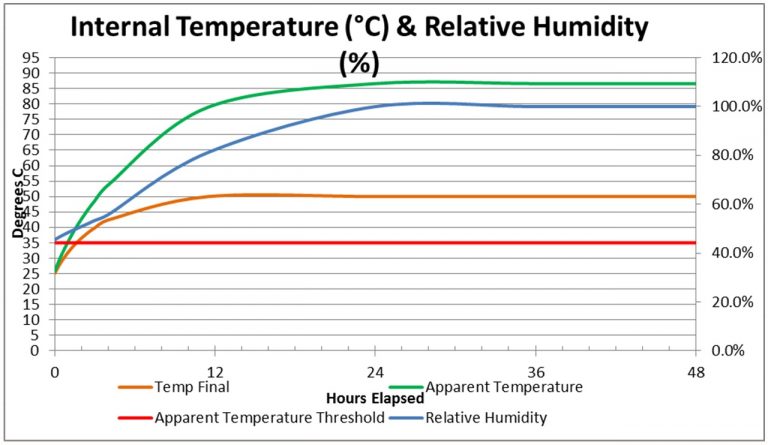
Electrical Equipment
Some electrical energy is lost in the form of heat, which will then dissipate into the chamber environment. While typically not a large amount of heat, consideration must be given to the amount of heat energy contributed to the refuge chamber by electrical equipment such as lighting, digital gas monitors and control systems. Allowances have been made for these heat sources in MineARC’s calculations.
Chemical Scrubbing
The chemical reaction occurring during CO and CO2 scrubbing are exothermic, meaning heat is lost during the reaction. This heat will then be transferred to the chamber environment. The amount of heat lost varies with the number of occupants and the amount of CO or CO2 being scrubbed.
Chamber Location
Chambers located outdoors will gain heat from solar radiation. Depending on location, this energy from the sun can be enormous, and very difficult for an air conditioner to control. In most cases, outdoor refuge chambers require insulation to slow down the effect of external heat loads on the chamber space, in addition to upsized air conditioners to ensure they will remain habitable. In some cases, special high ambient temperature units will be required. Insulation will not entirely stop heat transfer, just limit the amount that will occur.
External ambient air and rock temperature can also impact the internal temperature of the refuge chamber. If the temperature outside the refuge chamber is above 30°C, it will add to the internal heat and must be considered in cooling requirement calculations.
Mechanisms of Heat Transfer
For portable refuge chambers; thermal conduction and convection, and moisture latent heat phase changes are examined. Analysis of the natural convective heat transfer from the air inside the chamber to the steel structure’s inner surface, through the steel sheet, and from the steel’s outer surface to air outside is conducted. The relative humidity is assumed to be 100% as real-life testing has shown the refuge chamber will reach saturation quickly. The latent heat generated by the influence of condensation on internal chamber walls is taken into account in heat transfer calculations.
For permanent refuge chambers, the heat transferred through the refuge chamber entry wall structure (steel or concrete) to the outside atmosphere. From the air inside the refuge chamber into surrounding strata walls are examined. The starting relative humidity is assumed, and the increase is calculated based on the assumption that each occupant produces 1.5L of moisture per day (from MSHA 30 CFR Refuge Alternative Simulated Testing).
Internal Heat Load
MineARC’s Production Pre-Build automatically calculates the air conditioner’s size required using the calculated internal heat load and cooling data supplied by Mitsubishi. The internal heat load considers metabolic heat, electric heat, and the heat from the soda-lime chemical reaction in the CO2 scrubber.
The total sensible heat load is 1,816W, and the total latent heat is 740W for a 20 person Standard Design MineSAFE chamber. To ensure that both the sensible and latent cooling requirements can be adequately met, the heat loads are compared against both the air conditioners’ sensible and latent cooling capacities.
Referring to Figure 6, the total sensible heat load is 1,816W, and the total latent heat is 740W for a 20 person Standard Design MineSAFE chamber. To ensure that both the sensible and latent cooling requirements can be adequately met, the heat loads are compared against both the air conditioners’ sensible and latent cooling capacities.
Referring to Figure 7, for a 20 person refuge chamber, a 2,600W air conditioner is sufficient for the sensible heat load, but not adequate for the latent. Therefore, the selected air conditioner is the MUZ-A12NA, which provides 2,569W of sensible cooling capacity and 950W of latent cooling capacity.
It is important to note that the calculations do not consider heat being absorbed from the external atmosphere. As mentioned previously, for cases where the external temperature is likely to be higher than the internal, the refuge structure requires insulation.
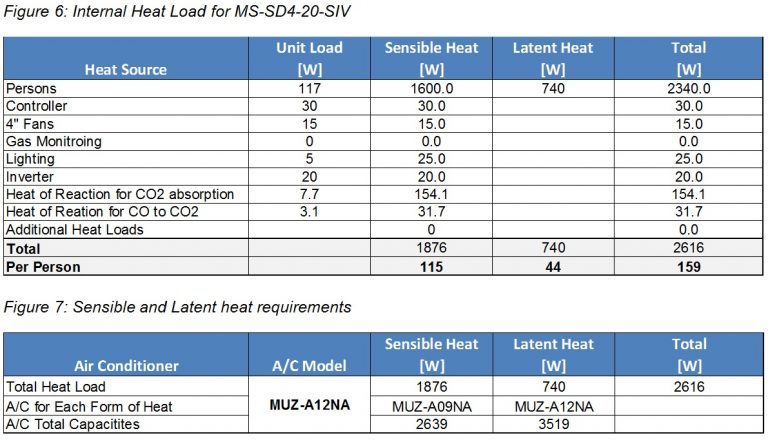
Did You Know?
- Apparent temperature is a measure of relative discomfort due to the combined effect of heat and humidity.
- Wet Bulb temperature is the temperature a parcel of air would have if it were cooled to saturation (100% relative humidity) by the evaporation of water into it.
- Latent and Sensible heat are types of energy released or absorbed in the atmosphere. Latent heat is related to changes in phase between liquid, gas, and solid. Sensible heat is related to changes in temperature of a gas/product with no change in phase.
- The temperature inside a refuge chamber should not exceed an apparent temperature of 35°C (95°F) or equivalent wet bulb temperature of 28.9°C (84°F).


